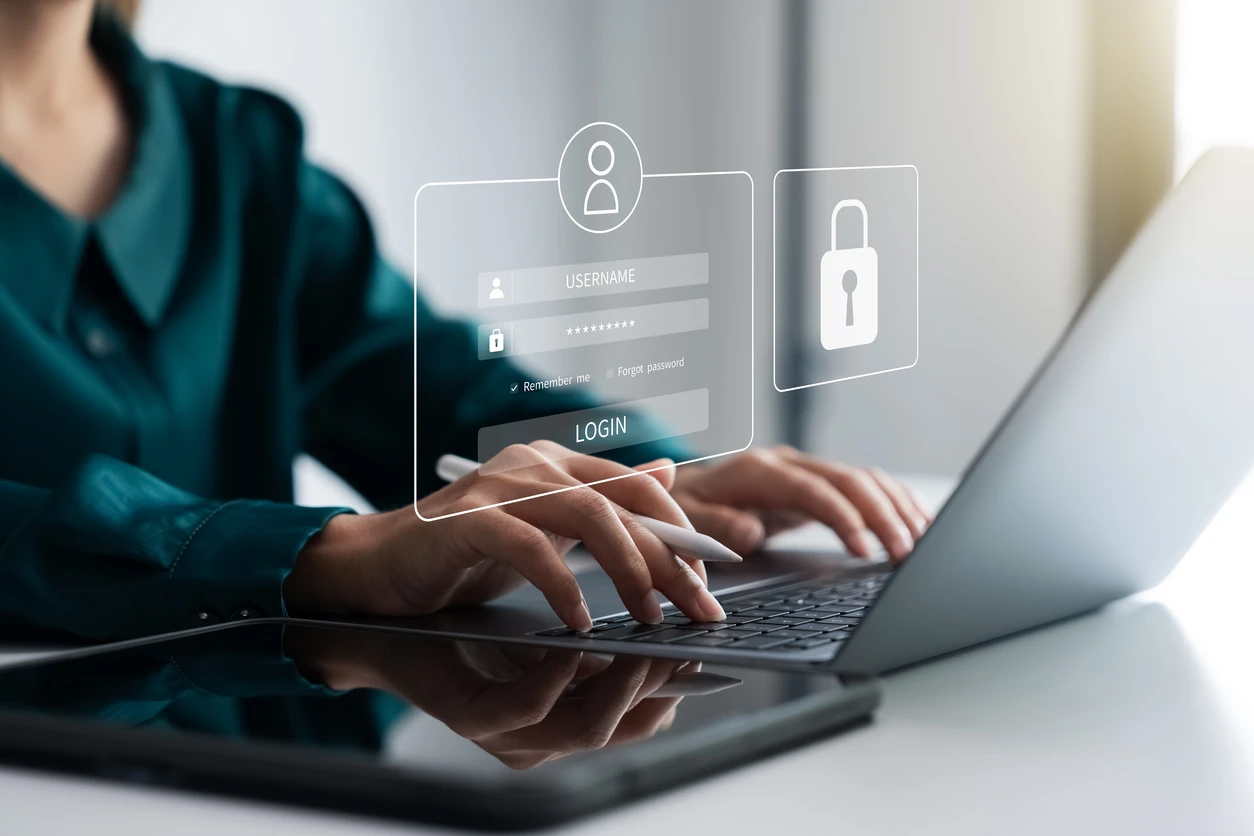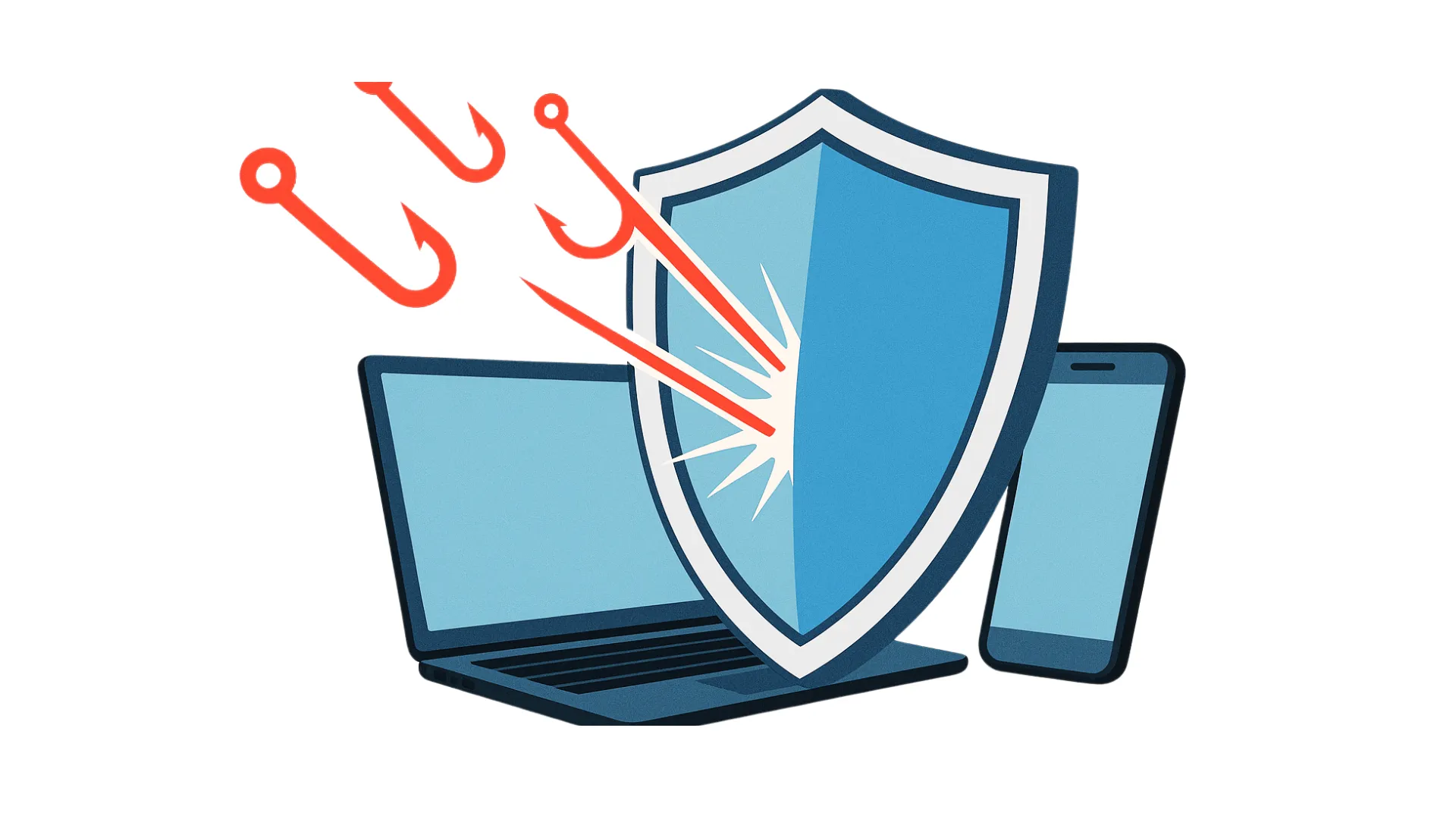In business IT, there is no single solution for security. The risks are constant and constantly evolving. While many focus on external threats, some of the most significant vulnerabilities exist inside your business.
A strong internal security posture is built on two critical pillars: controlling who can access your data and ensuring the devices they use are secure. This guide covers the essential policies you need to protect your business from the inside out.
Pillar 1: Mastering IT User Access Control
The first pillar is based on the Principle of Least Privilege (PoLP). This concept is simple: employees should only have access to the specific data and systems they need to perform their jobs. Nothing more.
If you give everyone access to everything, you create a massive security risk. A single compromised account could expose your entire business. Effective management requires clear policies for every stage of the employee lifecycle.
Onboarding and Role-Based Access
When new employees join, their access permissions must be strictly defined by their role from day one. This process is also critical when an employee changes roles internally. For example, someone moving from accounting to sales will likely no longer need access to sensitive financial records. You must review and adjust their permissions to match their new responsibilities.
Secure Employee Offboarding
Employees’ access to all company systems must be revoked immediately when they leave your business. This includes email, network drives, and any cloud-based software. Implement a formal offboarding checklist to ensure no accounts are forgotten. This simple process is vital for preventing data theft.
Pillar 2: Enforcing Business Device Security
Proper user access control is only effective if the devices themselves are secure. Every computer, laptop, and mobile phone that connects to your network is a potential weak link. You need clear policies to manage this hardware.
Why Device Security is Critical
Unsecured devices are a primary entry point for malware and data breaches. A firm device policy is essential for business continuity and protecting your company’s reputation.
Consistent Patch Management
Software developers constantly release updates, or “patches,” to fix security holes. An effective patch management process ensures these updates are installed as soon as they become available on all devices. Delaying updates leaves your business exposed to known exploits.
Active Hardware Lifecycle
Technology does not last forever. When manufacturers stop supporting devices, they also stop providing security updates. Your policy must define a clear hardware lifecycle, including a schedule for retiring and replacing old equipment before it becomes a liability.
Verified Data Backups
A device could be lost, stolen, or compromised even with strong protections. Your policy must ensure that all business-critical data on all devices is backed up in real-time. Furthermore, you must regularly test these backups to verify they work correctly.
Strengthen Your Internal Policies Today
Relying on manual checks and user vigilance alone is insufficient. Managing both user access and device security is a complex, ongoing task.
Procision helps Australian businesses design and enforce robust internal security policies. We provide the tools and expertise to manage everything from user permissions to device updates, keeping your data secure.
Contact Procision for a comprehensive Internal Security Audit.



